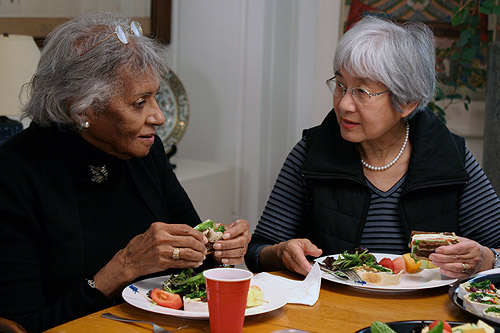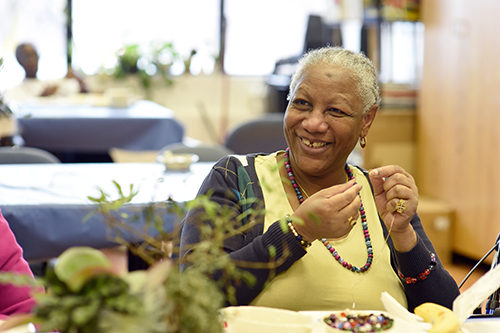National Academy for State Health Policy
Palliative care allows people to live well in the face of serious illness—from diagnosis to cure, and even at the end of life. It can reduce costs, especially for people with complex health needs: a 2016 study of home-based palliative care found that it generated a 4.2 to 6.6 percent return on investment, largely by reducing unnecessary hospitalizations. States are uniquely positioned to promote access to palliative care through their roles as regulators, payers, and innovators of health care.
We launched a multi-year initiative with the National Academy for State Health Policy (NASHP), to develop critical palliative care resources for policymakers.
In 2018, NASHP released a comprehensive review of how all 50 states are supporting the delivery of palliative care to adults, and what they are doing to improve palliative care access and quality using multiple policy levers. The analysis, including state-by-state palliative care regulations and Medicaid activities, provides a powerful tool to spread better serious illness care.


Next Avenue Special Report on Serious Illness & End of Life
Next Avenue, a PBS-affiliated national journalism service for Americans aged 50 and older, is extremely influential: an astounding 95 percent of readers take an action after reading Next Avenue stories.
Realizing the potential of Next Avenue’s activated audience, we sponsored a special report in 2018 to help Next Avenue readers better understand end-of-life choices, care, and conversations.
Our “Living to the End of Life” Series:
- Featured 26 stories, including essays from Terry Fulmer, on a variety of topics
- Published a video that generated more than 3,500 views on Facebook
- Engaged veterans around unique end-of-life care issues through PBS’ Facebook and Twitter accounts on Veterans Day
- Secured 5.1 million impressions across all editorial coverage and social media
Another special series focused on “Strengthening Rural Health Care for Older Adults.”




